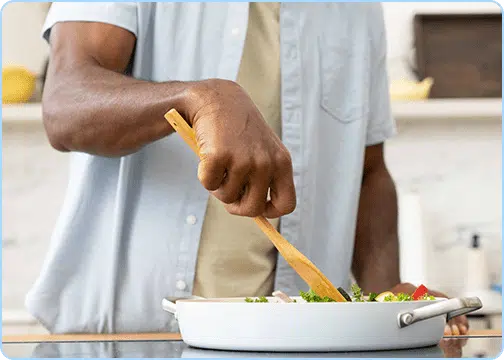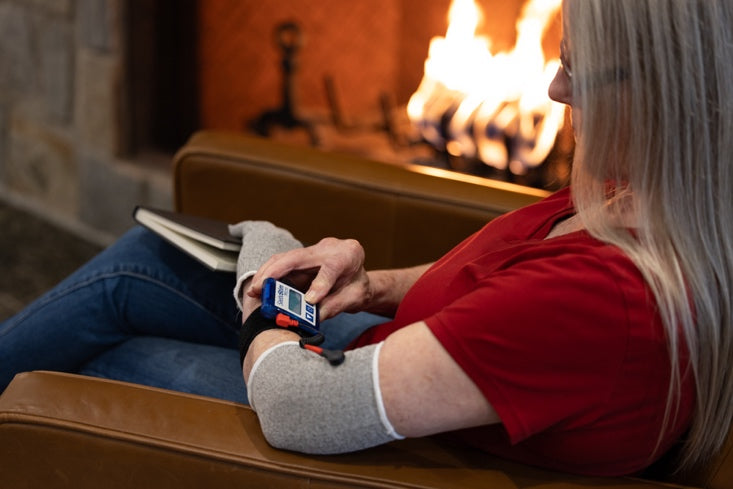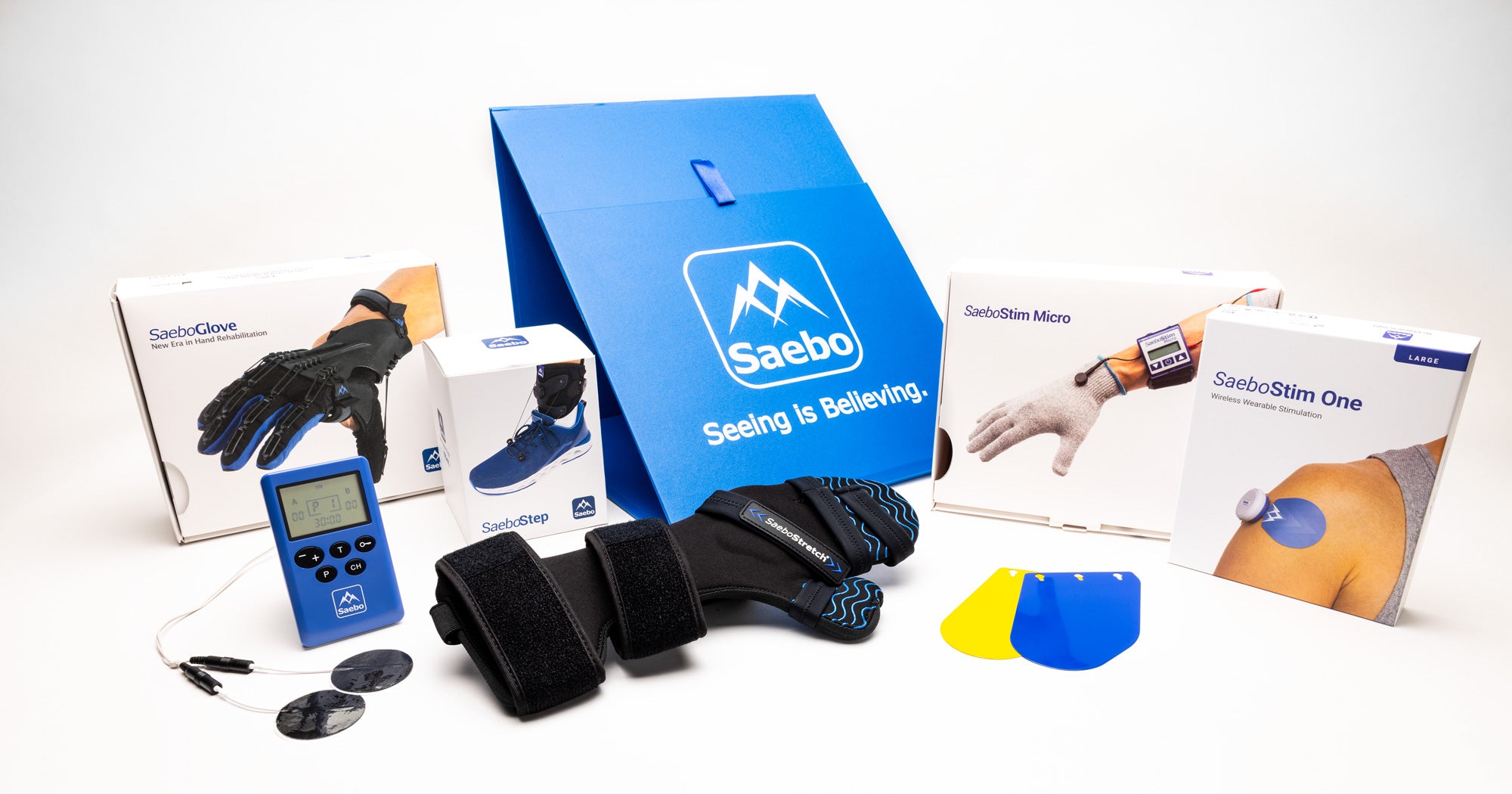Post-Stroke Rehabilitation at Home: Must-Have Equipment for Every Room

Life after a stroke often brings new challenges, especially with everyday activities like moving around, cooking, or bathing. Complexities after a neurologic injury such as hemiparesis or hemiplegia, arm weakness, or balance changes highlight concerns in your living space. Home modifications play a vital role in making these tasks safer and more manageable, helping survivors regain independence and confidence. Because changes in balance, strength, and coordination can turn simple movements into fall risks, safety adaptations are essential. The right equipment reduces strain, prevents accidents, makes daily routines less overwhelming and supports your completion of activities of daily living (ADLs). This guide walks you room by room—kitchen, dining area, living room, bathroom, and bedroom—highlighting practical tools and modifications that support recovery and autonomy.
General Home Modifications and Safety Tips
Returning to your normal residence during rehabilitation requires important changes throughout your house to boost safety and self-sufficiency. Statistics show that nearly 40% of CVA survivors fall within six months after leaving the hospital or rehabilitation facility [1]. Many survivors, between 30% to 80%, feel scared about falling and moving around [2]. The right home adaptations help address these concerns and support your recovery trip.
Remove trip hazards like loose rugs
Keeping walkways clear stands out as one of the simplest yet most effective ways to prevent falls. Your living space is where over half of all falls occur, so it needs immediate attention. The core team should remove anything that might cause trips - loose mats, curling rugs, and electrical cords from hallways, stairs, and doorways. Large area rugs that must stay in place need securing. Strategies for quick cleanup after spills is needed to avoid slipping accidents.
Install ramps and widen doorways
Regular doorways measuring 30 inches don't give enough space for walkers or wheelchairs, which need at least 32 inches to pass through easily. You might want to think about wider doorways or offset hinges that add 1.5-2 inches of clearance without major construction. Entrances with steps become safer with ramps and handrails. A stairlift could be the answer if stairs remain a challenge.
Use motion-sensor lighting
Bad lighting substantially increases your risk of falling, especially with visual impairments. Motion-sensor lights work great in hallways, stairwells, and bathroom paths. Nighttime makes this even more crucial as sleepiness slows down reactions. Bright, available lighting throughout your home lets you see clearly without strain.
Cord covers and open shelving
Loose cables create dangerous tripping spots. Wall-mounted cord covers keep cables away from walking areas. Open shelving does more than look good - it makes reaching objects easier and helps people after stroke who struggle with memory by keeping items visible and available.
Getting help from an occupational therapist
Occupational therapists are a great way to get guidance through a residence safety check or home exercise program. They look at what you need, how well you function, and what you want to achieve. Their advice usually covers ways to prevent falls, training with adaptive tools, and changes to your environment that match your situation. Research proves that having occupational therapy involved in at-home modifications boosts how well people manage daily tasks and reduces the burden on caregivers.
Bathroom Essentials for Safety and Hygiene
Falls cause a significant portion of bathing area injuries among stroke survivors. Research shows that 42% of older adults who need help with bathing or toileting don't have the right support aids. Here's how you can make a bathroom safer with some key modifications [3].
Grab bars and non-slip mats
Sturdy grab bars mounted near the toilet, shower, and bathtub give significant support for sitting, standing, and moving around. An occupational therapist can recommend the right mounting heights for these bars. Suction cup style grab bars are common, but these should not be used as primary supports. The risk of them coming loose during a transfer is too high, although they can be effective for subtle support in certain areas. Non-slip bathmats with suction cups or adhesive treads work better than standard mats that become slippery from soap. You should also place non-slip mats outside the shower to prevent falls.
Shower chair and handheld shower head
A shower chair with rubber-tipped legs helps prevent sliding and lets people bathe while seated. People with limited mobility might want to think about a tub transfer bench that extends outside the tub - this removes the need to step over the edge. A handheld showerhead paired with these items helps reach difficult spots without stretching or bending. Some models come with on/off switches that also work well for people with arthritis.
Toilet riser and commode options
Raised toilet seats and comfort-height toilets make sitting and standing easier, especially if hemiparesis is present. These come in different styles - seat elevators attach to existing bowls, while permanent commodes include armrests and extra height. Toilet support rails or grab bars work well with risers.
Soap dispensers and long-handled sponges
Due to fine motor skill changes, pump-style or electric soap dispensers work better than a slippery bar soap. Long-handled sponges and brushes help wash feet, back, and other hard-to-reach areas safely. These tools help people stay confident and save energy for other daily activities.
Faucet handle types
Single-lever faucets let stroke survivors control water with one hand, which helps those with weakness or limited mobility on one side. ADA guidelines state that faucets should work with less than 5 pounds of pressure without twisting or tight gripping. Lever-style controls are easier to grasp than knobs, especially for people with arm weakness.
Lighting and water temperature control
Good lighting without glare throughout the space helps people see better and reduces fall risk. Wash areas should have some lighting that can stay on at night. Hot and cold taps need clear markings with both colors and letters. Reducing the maximum temperatures in your home can help reduce injury risk when sensation is impaired.
Kitchen and Dining Room Tools for Independence
Kitchen tasks become challenging after a stroke. Simple actions like reaching, standing, and getting a grip on things need major adjustments. The good news is that special equipment helps patients regain their independence while preparing and eating food.
Adaptive kitchen equipment for stroke patients
Creating a seated work area in the kitchen can make meal prep safer and less tiring after a post-stroke. Pull-out cutting boards mounted below counter height or placing a large cutting board over an open drawer, provide stable work surfaces. For those who prefer to stand but fatigue quickly, a sturdy standing chair or high stool offers support and reduces the risk of imbalance.
Non-slip cutting boards and rocker knives
Adaptive cutting boards with spikes or built-in vises keep food steady, allowing you to cut with one hand after a neurologic injury. Using a rocker knife, which has a curved blade that moves in a rocking motion, requires less grip strength and coordination than a standard knife. These tools also help keep your hand and wrist in a neutral position, reducing strain and making meal prep safer, easier, and more stable.
Utensils with large handles or universal cuffs
Universal cuffs fasten around the hand and hold utensils in place, which is especially helpful after a stroke when grip strength is limited. Oversized or adaptive utensils—or regular utensils built up with foam tubing—are easier to grasp and reduce strain on the fingers. Weighted utensils can also be useful, since their added weight helps steady shaky movements and makes eating more controlled. Together, these tools support home autonomy and make mealtime less frustrating.
Adaptive cups and plate guards
Special dinnerware such as high-lipped plates with raised rims or reverse curves can help gather food onto utensils. Weighted or suction-base bowls don't slide, so one-handed eating becomes easier. People with tremors find stability in adaptive cups that have ergonomic handles or two-handle designs. Some products, such as Dycem, can be helpful to place underneath plates or bowls to further assist in stabilizing them.
Organizing for easy access and safety
Keep everyday items at waist level to avoid reaching or bending. Pull-out shelves and lazy Susans make stored items easy to reach. Appliances with automatic shut-off features or smart home integration boost accessible living.
Bedroom and Living Room Comfort and Mobility
Adapting the bedroom and living room is an important part of stroke recovery, since these are the spaces where survivors spend much of their time resting, dressing, and doing daily activities. Thoughtful changes can reduce fall risk, conserve energy, and support independence in the routines that matter most.
Hospital bed and bed rails
Adjustable hospital beds make a huge difference. They let you change elevation levels to reduce swelling and improve blood drainage. The specialized mattresses spread weight evenly to prevent pressure sores and can easily adjust in height to assist in transfers. If a hospital bed is not an option, adding bed rails to your current bedframe is also an option.
Supportive chairs with armrests
Stable chairs with armrests at the right height help patients stand up safely. Patients with limited mobility need lateral supports at waist level to keep good posture and avoid slumping. Lift chairs have an additional benefit, by rising when preparing to stand they help reduce the amount of strength required further improving security and comfort.
Smart home devices and large-button remotes
Smart home devices let patients control lights, appliances, and entertainment systems with voice commands. Large-button remotes that provide tactile feedback help patients with vision or dexterity problems stay independent. Some remote models come with favorite channel settings and simple controls.
Clear walkways and night lights
The rooms need clear paths without any trip hazards. Motion-sensor lights and touch-activated lamps make nighttime navigation safer. Removing tripping hazards such as large rugs or even marking changes in elevation to provide visual cues. In areas where the type of flooring is different, having clear markings will help ensure awareness of potential changes in traction.
Dressing Aids
Dressing aids can make getting dressed easier and safer after a stroke. Long-handled shoehorns and elastic laces reduce the need to bend or use both hands. Button hooks and zipper pulls give better control for one-handed dressing, while dressing sticks help with reaching clothes or pulling fabric into place. These tools promote independence and reduce frustration with daily routines.
Conclusion
Life after a stroke brings its own set of challenges for survivors and their families. This piece explores the must-have adaptive tools and strategies to make your home safer and more available post-stroke.
Making your home safe should be your top priority during rehabilitation. You can reduce fall risks by taking out loose rugs, putting in good lighting, and making doorways wider. An occupational therapist can give you tailored advice based on your specific needs.
Your bathroom needs extra attention because falls happen there often. You can make this risky space much safer by adding grab bars, non-slip mats, and shower chairs. The kitchen becomes more user-friendly with special cutting boards, easy-to-grip utensils, and reachable work surfaces. These changes help people cook on their own again.
The right device choices make a big difference in bedrooms and living spaces. Adjustable beds, supportive chairs, and clear walking paths help a lot. Innovative technology like voice-controlled systems can also improve independence by letting you control different parts of your house.
Note that good recovery needs both the right equipment and regular practice. Every change serves two purposes - it makes things safer and helps people do more on their own. These adaptations let stroke survivors focus on getting better instead of struggling with everyday tasks.
This room-by-room guide should help you build a supportive space for post-stroke rehabilitation. The right equipment and changes can turn your natural environment into more than just a comfortable space - it becomes the perfect place to continue recovery and regain independence.
References
Todo el contenido de este blog es únicamente informativo y no sustituye el consejo, diagnóstico ni tratamiento médico profesional. Consulte siempre con su médico u otro profesional de la salud cualificado si tiene alguna pregunta sobre una afección médica. Si cree que puede tener una emergencia médica, llame a su médico o al 911 de inmediato. Confiar en la información proporcionada por el sitio web de Saebo es bajo su propio riesgo.



